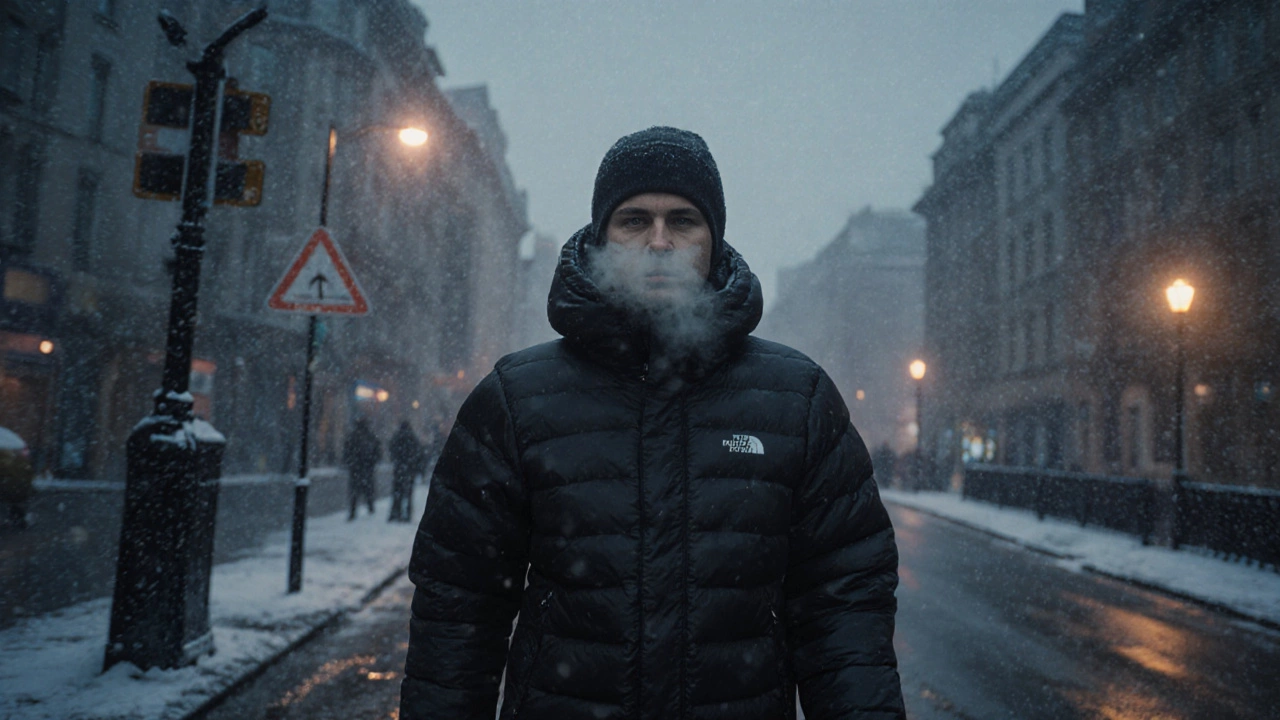Down Jacket: Warmth, Style, and Performance
When you need a reliable down jacket, a lightweight outerwear piece filled with natural or synthetic down that traps heat efficiently, you’re looking at one of the most effective forms of winter protection. Also called a puffer coat, it delivers high insulation without bulk. The broader category of winter outerwear, apparel engineered to shield the body from cold, wind, and moisture depends on two core components: the insulation material, the down feathers or synthetic fibers that create air pockets to retain body heat and a durable waterproof shell, a fabric layer treated to repel rain and snow, keeping the fill dry. Together they form a system where the fill power measures warmth, the shell protects the fill, and the cut provides comfort. This is why a well‑designed down jacket remains a staple for anyone facing sub‑zero temperatures.
Understanding the key attributes helps you choose a jacket that matches your needs. Fill power, expressed in cubic inches per ounce, quantifies the loft of the down – higher numbers mean more air trapped and greater warmth. Natural down scores above 600 cui, while high‑quality synthetic alternatives reach 500–550 cui and retain heat even when wet. Look for a shell made from polyester or nylon with a DWR (durable water‑repellent) finish; this combination ensures rain beads off and snow doesn’t soak the interior. Seam‑taped construction adds extra protection, and a breathable membrane prevents sweat buildup during active use. Style matters too: slim fits work for urban settings, while longer, insulated parkas suit extreme conditions. Top brands such as Patagonia, The North Face, and Canada Goose blend technical performance with modern aesthetics, offering features like adjustable hoods, zippered vents, and removable liners for versatile layering.
How to Pick the Perfect Down Jacket
Start by gauging the climate you’ll face. For mild winters, a 300‑400 cui jacket with a lightweight shell is sufficient; for harsh arctic trips, aim for 600 cui or higher and a fully taped, waterproof exterior. Next, decide between natural and synthetic fill based on your priorities – down offers superior compressibility, while synthetic stays warm when damp and is often cruelty‑free. Test the fit by moving your arms; you should have enough room for a sweater underneath without feeling bulky. Pay attention to functional details: internal pockets keep hands warm, storm flaps protect zippers, and adjustable cuffs seal out wind. After purchase, maintain the jacket by cleaning it with a down‑specific detergent and tumble‑drying with clean tennis balls to restore loft. Proper care prolongs the life of the insulation and keeps the shell performing at its best.
Armed with this knowledge, you’ll find it easier to sort through the many options on the market. Below you’ll discover articles that break down trends in jacket brands, compare natural and synthetic insulation, and offer practical styling advice for pairing a down jacket with everyday outfits. Whether you’re hunting for a sleek city look or gearing up for an alpine adventure, the insights here will guide you toward a purchase that feels right, looks great, and keeps you warm all season long.
- Cleo Fairchild
- Oct, 12 2025
- 0 Comments
Which Jacket Style Keeps You Warmest?
Discover which jacket style offers the most warmth. Compare down, parkas, synthetic, wool, and more to pick the perfect winter outerwear.
